

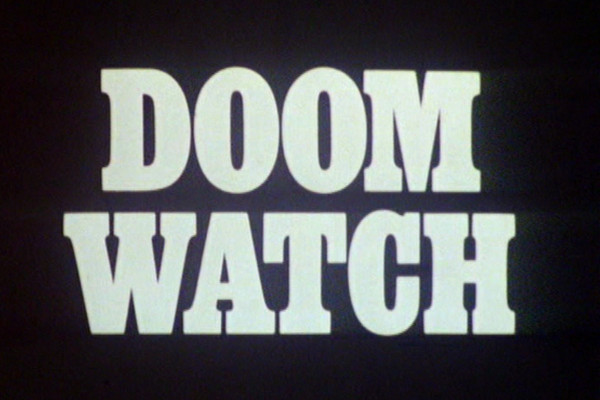
In discussing the programme some plot spoilers may be revealed, and some of the images of this post-watershed series may be unsuitable for younger viewers. The entire series can be ordered online via Amazon. In the meantime, please join me as I try to uncover exactly why Doomwatch has become so overlooked, and rank the series from worst to best...
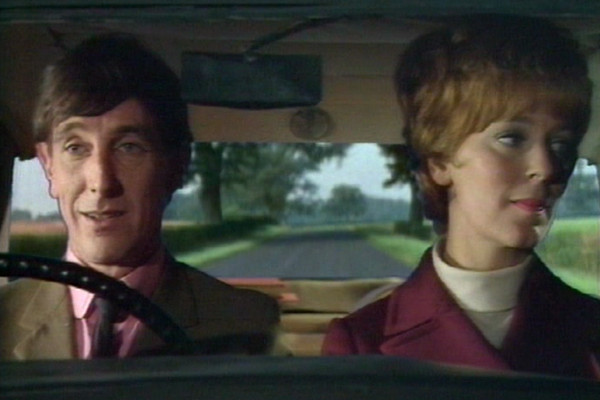
Doomwatch concerned a government department for "the Observation and Measurement of Scientific Work". Run by Doctor Spencer Quist (John Paul), investigations were based on real-life scientific discoveries and headlines of the day, and saw the Doomwatch team tackling environmental experiments gone awry.
No Room For Error introduced Jean Trend as a new Doomwatch operative, scientist Dr. Fay Chantry. It was a commendable attempt to have a more intelligent female character in the series, something often considered, particularly with modern eyes, to be one of the series' biggest failings. Even this particular episode features regular Dr. John Ridge (Simon Oates) observing that "She's also a woman, for whom [...] emotion can sometimes confuse priorities."
What places this episode last is that it's a romance episode that doesn't come off. While the TV series introduces some commendably morally questionable moments in that Fay is seeing a married man, there's no real chemistry between the two, and the dialogue they're given is starch and lacking in any real verve. The plot on which the love story hangs - a wonder drug that could introduce an epidemic - similarly fails to catch fire.
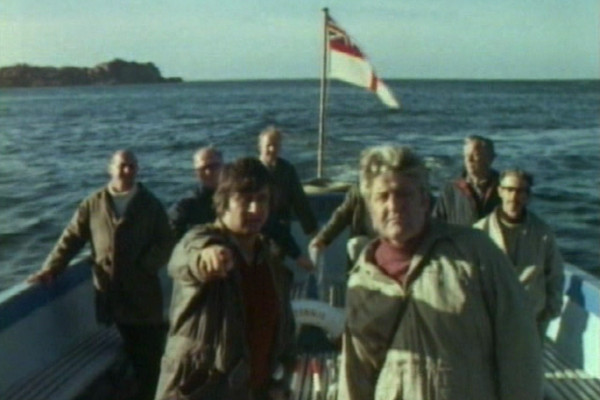
A community from a fictional British island are re-established in Britain after Earth tremors threaten their island home of St. Simon. Unfortunately they appear to become vulnerable to general diseases on the mainland, and Doomwatch leader Dr Quist is faced with some difficult decisions. While such a set up does appear to contain some inherent drama, the episode is laboriously paced, and never really connects.
While such elements could be considered standards of the time, given that Doomwatch is over forty years old, many of the earlier episodes have more dynamism than this instalment. On a final note of trivia, this was the first episode to go out at an earlier 9.20pm timeslot. Prior episodes had gone out at various times from 9:40-9:50pm, but from this stage onwards the 9:20pm timeslot became the norm.
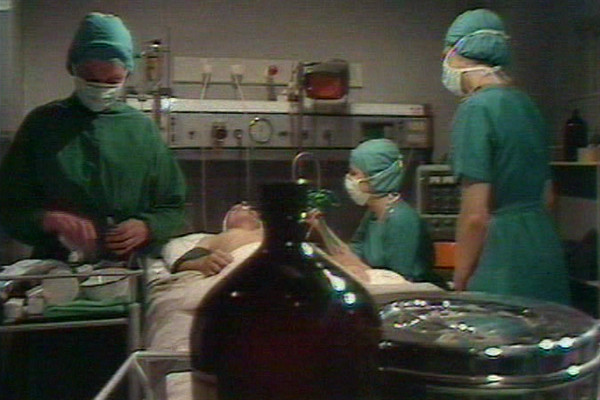
A supercomputer oversees the wellbeing of patients at a hospital, but what if said computer thought that one of its patients was a threat? As with all TV of this vintage, the situation has to be "bought into", and the viewer has to appreciate that the computer here, or the state-of-the-art computer running the entire Doomwatch operation, will look dated. In fact, both were made obsolete by the advent of Chockablock.
While Doomwatch gets plaudits as a thinking person's sci-fi, it can be, at its worst, a very preachy show, where subtexts and debate are very much pushed to the forefront and spoonfed to viewers. Debates on man vs. computer here are writ large, not helped by Van Der Valk star Barry Foster giving a very wooden performance, which can be written off as an "bad night".
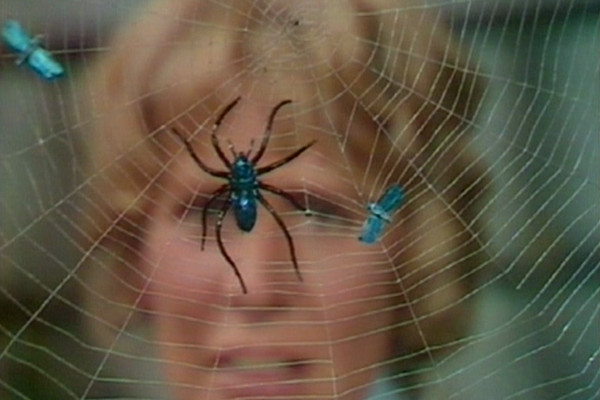
There was a large power struggle over the direction of the series between creators Kit Pedler/Gerry Davis and producer Terence Dudley. Dudley would also write five episodes and direct two, but Pedler and Davis's involvement ended when they withdrew after the first season. While the later 1972 film was based on their work, this episode is the last direct input from either of them, a Gerry Davis solo script.
In all, Davis wrote five scripts for the series, including three with Pedler, many of them pivotal instalments such as the series opener, or the dramatic Survival Code. Sadly, this somewhat silly tale of blue plastic spiders carrying a virus isn't really a high point of the series, and not a great bow out from Davis. While the heated arguments behind-the-scenes were acrimonious, Dudley later regarded Gerry Davis as a friend, though sadly he never saw Kit Pedler again.
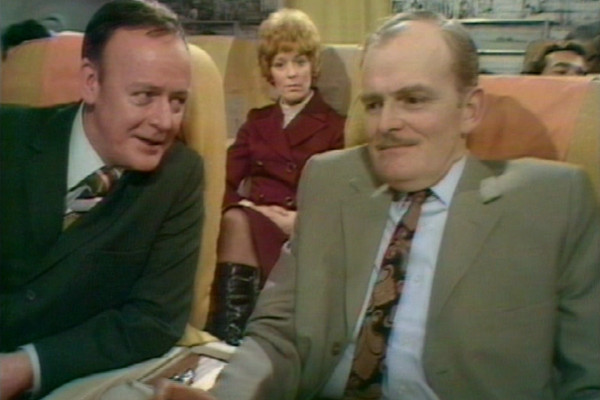
The more low-key plotting of the second season here introduces the concept of jet lag as a plot device. The series began with super intelligent rats, and plastic-devouring viruses, so it's something of a comedown, affecting a lot of season two episodes. Yet the main issue with a somewhat pedestrian tale is not really anything the series can take responsibility for - the later fame and familiarity of certain actors.
First season regular Toby Wren (Robert Powell) became very famous, and other cult TV stars feature in the episodes, including Anthony Ainley, Sally Thomsett, John Savident, George A. Cooper, Peter Duncan and June Brown, prompting scores of "it's so-and-so from..." conversations. Here John Barron takes centrestage as the Minister who oversees the Doomwatch project. Sadly, while fine here, five years later Barron would appear as overbearing boss "C.J." in The Fall and Rise of Reginald Perrin.
As the two characters are very similar, even dressing the same and talking with almost the same speech patterns, it can be a post-series distraction that the pivotal role of the Minister is now so closely connected with an unforgettable sitcom character. Barron was clearly very popular as, after appearing in just three episodes throughout the first two seasons, he was elevated to the status of a regular, appearing in every single one of the third season stories. And he didn't get where he is today without appearing in every single one of the third season stories.
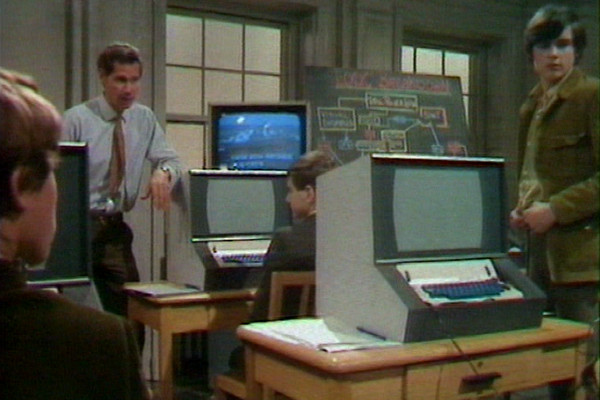
A group of posh private schoolkids (including the aforementioned Peter Duncan and Carrot from Catweazle) use their high reasoning abilities to attempt to conduct the perfect crime. It's an age where children on screen still said things like "jolly good" and had names like "Wagstaffe". It's a fair episode, but Doomwatch chasing after children does seem to be a downturn for the series.
The series suffered badly from the BBC's 1970s policy of wiping material, with fourteen episodes still missing. Of the episodes that still exist, many of them (including two season one episodes, and every season two episode save Public Enemy) exist only in the form of NSTC 525-line copies sourced from Canadian broadcasts. This does mean that the picture quality, as evidenced from many of the screen captures on this page, is of a very poor standard for many of the episodes.
With a series as now relatively obscure as Doomwatch, the additional budget required for adequate restoration wouldn't be there, and so the stories were placed onto disc "as is". Such a decision is fine for collectors who are aware of the standards of BBC archive TV, but less so for those invested in a more polished presentation for DVD. Criticisms were so prominent that Simply Media set up a press release to acknowledge the archive quality, including the statement that "The costs to restore Doomwatch to its former glory would have been prohibitive making it impossible for us to release the series on DVD."